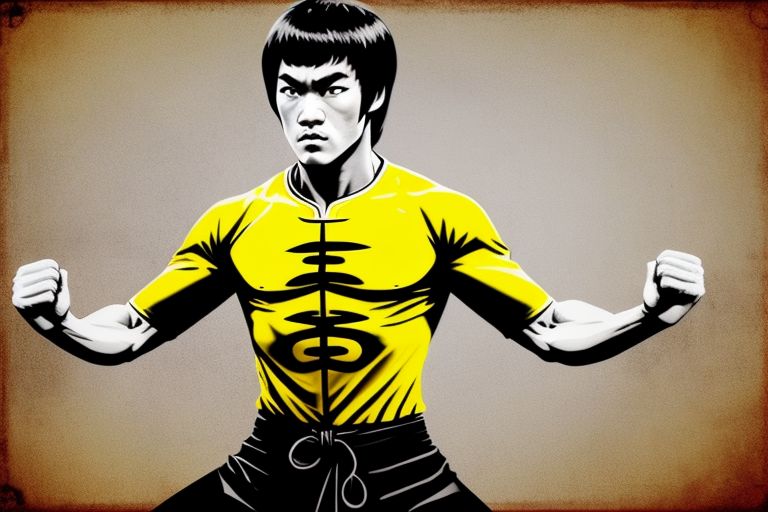(Behind Bruce Lee’s legendary status lies one of entertainment history’s most shocking rejections – Hollywood studios repeatedly turned him down for lead roles because executives claimed American audiences wouldn’t accept an Asian leading man. This blatant racism nearly derailed his career before it began, forcing him to rewrite the rules of stardom through sheer talent and determination.)

The Green Hornet’s Kato: A Breakthrough With Limits
Bruce first gained attention in America as Kato in The Green Hornet (1966), where his electrifying screen presence consistently stole scenes from the white lead. But despite becoming the show’s breakout star:
- He was paid just $400 per episode (1/3 of the lead actor’s salary)
- Received no credit in the opening titles
- Was deliberately framed out of promotional materials
Network executives admitted they feared audiences would be “uncomfortable” with an Asian performer getting too much attention. Bruce later confided to friends: “They want my fists but not my face.”
The Roles That Got Away
After The Green Hornet’s cancellation, Bruce faced even harsher discrimination:
- Kung Fu (1972) – Bruce conceived the concept and was the obvious choice to play Kwai Chang Caine. Producers rejected him, telling his agent: “We can’t have an Asian lead in a prime-time American show.” The role went to David Carradine, a white actor with no martial arts experience.
- Charlie’s Angels – Bruce campaigned to play a mentor role. Producers responded: “Asian men aren’t seen as romantic or authoritative by our audience.”
- James Bond – When rumors circulated about Bruce being considered for 007, producers publicly stated: “Bond is a Caucasian role. We’d lose the Southern states.”
The Turning Point: Bruce’s Letter to Hollywood
Frustrated, Bruce wrote a now-legendary 1971 memo titled “The Injustice to Yellow People in Hollywood” that exposed systemic racism:
“They don’t want us to have equal status… When do we get to play lawyers, businessmen or just regular human beings? Why is it always servants or villains?”
He concluded with a prophetic warning: “The day will come when we control our own stories.”
How Bruce Beat the System
Rather than accept Hollywood’s limits, Bruce took revolutionary steps:
- Created His Own Opportunities – He wrote, directed and starred in The Big Boss (1971), which broke box office records across Asia.
- Proved the Doubters Wrong – Fist of Fury (1972) outperformed most Hollywood films in international markets.
- Forced Hollywood to Notice – His self-produced Way of the Dragon (1972), featuring the iconic Colosseum fight with Chuck Norris, became a global phenomenon.
The Bittersweet Victory
When Warner Bros finally offered Enter the Dragon (1973), it came with humiliating conditions:
- He was paid just $25,000 (a fraction of white leads’ salaries)
- Had to fund his own travel to Hong Kong for pre-production
- Was barred from editing decisions
Tragically, Bruce died before seeing the film become the highest-grossing martial arts movie in history – and before witnessing how he permanently changed Hollywood’s perception of Asian actors.
The Legacy That Changed Entertainment
Bruce’s struggle paved the way for every Asian actor who followed:
✔ Proved global audiences would embrace Asian leads
✔ Inspired generations of filmmakers to tell authentic stories
✔ Forced studios to acknowledge their racist casting practices
As Crazy Rich Asians director Jon M. Chu noted: “Every Asian working in Hollywood today stands on Bruce Lee’s shoulders. He took the punches so we could walk through the doors.”
The Ultimate Irony
Today, Bruce Lee is arguably the most famous martial artist in history, while the executives who rejected him are forgotten. His story proves that talent combined with relentless perseverance can overcome even the most entrenched prejudice.
🔥 Did you know Bruce Lee faced this much discrimination? Share to honor his fight for representation! 🔥

